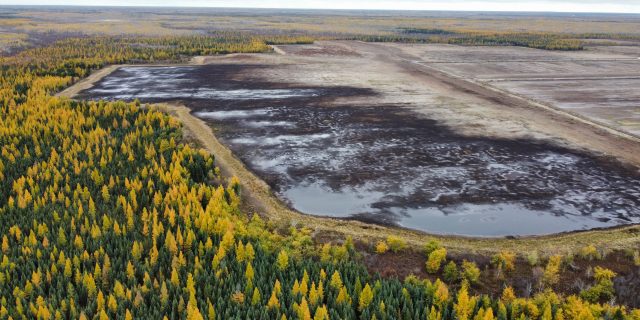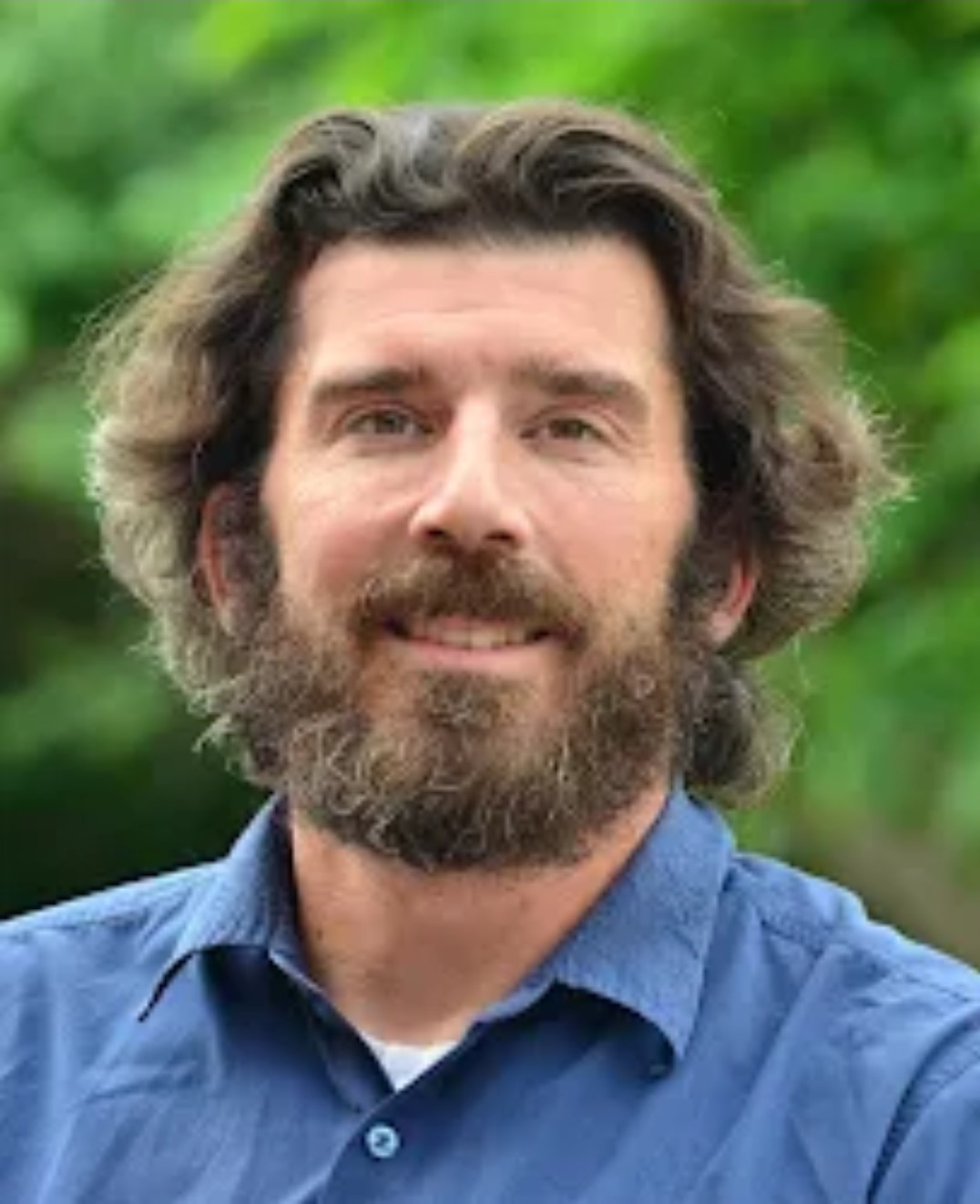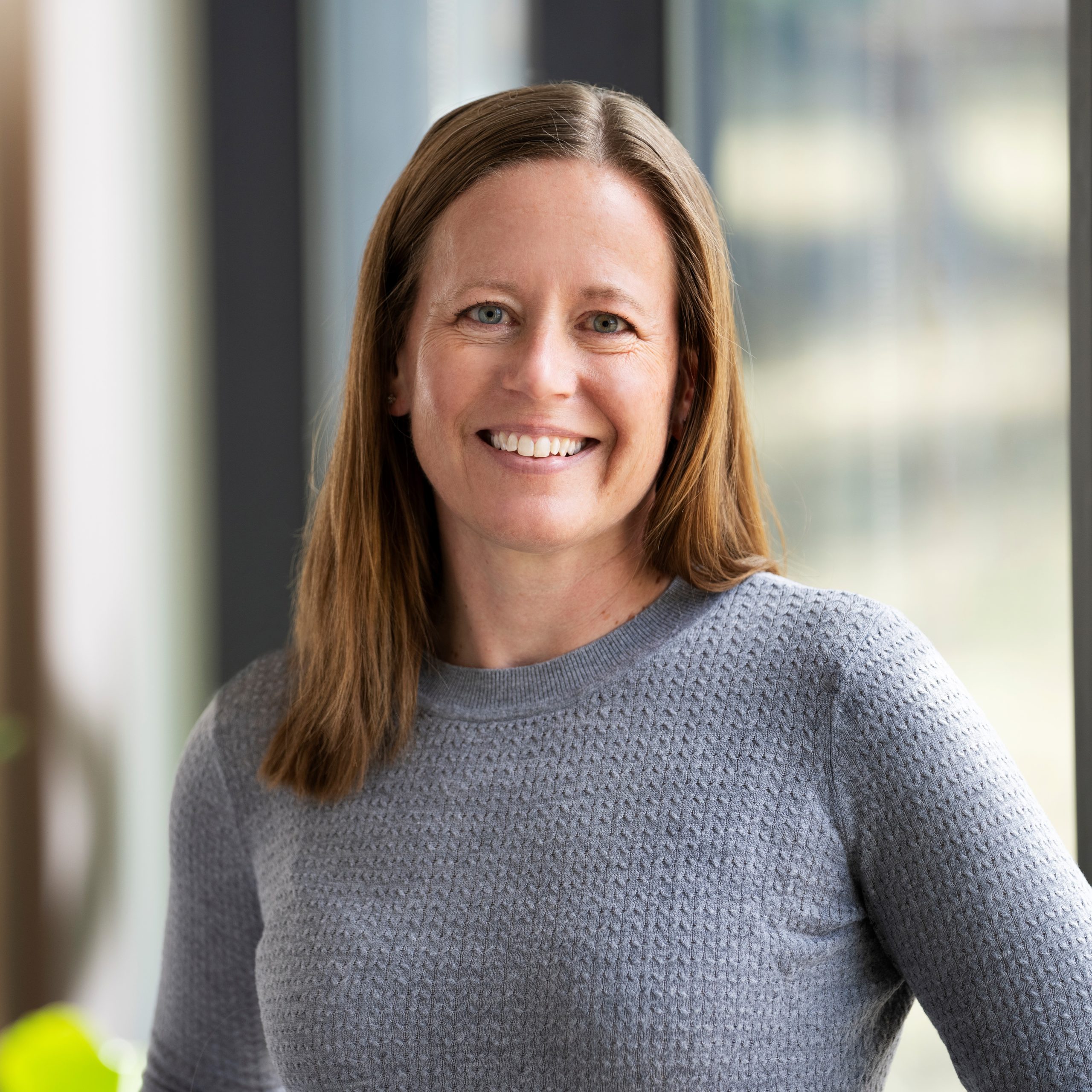
By
Leon Kirschner, Pete Whittington, and Maria Strack
November 2023
Print Version
What you need to know
Peatlands are important stores of carbon, storing twice as much carbon as the world’s forests combined despite covering only 3% of the Earth’s surface. Thus, they function as a carbon sink, mitigating the increased concentration of carbon dioxide in the atmosphere. Peatlands are usually broken into two groups: bogs and fens. Bog peatlands get their water only from rain, whereas fens can get their water from streams, groundwater, as well as rain.
Why this research is important
Peat is extracted for horticultural use in South Eastern Manitoba; this represents a large reduction in the ecosystem’s carbon storage capacity. The project aims to restore the area to a fen so that it can function as a carbon sink again. However, there is little knowledge of how to restore a fen, as well as linking the restoration area with the surrounding landscape. Therefore, the research provides fundamental knowledge. In addition, the peat extraction processes expose dry, inflammable soil that can easily lead to wildfires or dust clouds during strong winds. The restoration contributes to preventing these hazards.
How this research was conducted
In order to fit the best restoration strategy, different approaches to try and retain as much water on the site as possible were used. Furthermore, a gentle slope between the natural ecosystem and the restored site was created, hoping to encourage the flow of water and nutrients to the restoration area. To see how effective these approaches were, a combination of water level monitoring and carbon cycle measurements were taken. Additional data was taken from a weather station installed on the site for calculating evapotranspiration.
What the researchers found
Spending a whole summer at the field site showed that due to a hot and dry climate, the water level of the fen dropped dramatically. Where there was a big waterbody at the beginning of summer, there was only bare soil left at the end. The absence of rain combined with a strong evapotranspiration dried the fen. However, it still kept more water than the non-restored sites.
How this research can be used
This research delivers fundamental knowledge of fen restoration that can be used in the future for a more effective approach to restoring and protecting wetlands in Canada and worldwide. Thus, it provides solutions for strong, natural ecosystems after human use being part of mitigating climate change.
Mitacs Globalink program from a professor’s perspective
The program is very easy to access and apply to—it also requires NO funds. It begins in the spring with a faculty application where you describe the project that the international intern would be involved with. If your project is approved, then students (from many different countries) can apply (in early fall) to work on your project. Mitacs will provide a shortlist of student candidates for your project in mid-fall; professors are then asked to review student applications, conduct interviews, and rank the applicants in order of suitability. In early winter, a matching process occurs, with results announced in February. You then work with the student to identify the 12-week period that they will come to Canada to conduct the research.
Mitacs Globalink program from a student’s perspective
After a successful application and matching process, Mitacs students get the opportunity to participate in a 12-week internship in Canada. Mitacs provides the funding so that there are barely any personal costs for the duration of the student’s stay. “During my time in Canada, I experienced a really close connection to nature. Doing a lot of outdoor activities such as camping, climbing or hiking has shaped my adventure here. The internship supported me with new knowledge, contacts and experiences. It was a great time, and I can highly recommend participating in the program.” (Leon)
Acknowledgements
This research is funded by an NSERC Alliance Grant from the Canadian Sphagnum Peat Moss Association and their partners (in particular Sun Gro) awarded to Dr. Whittington and Dr. Strack. Additional support is from the Mitacs Globalink Research Internship, which funds the stay of international students in Canada during an internship.
About the Researchers
Keywords
- climate change
- ecotone
- hydrology
- peatlands
- restoration
Editor: Christiane Ramsey
Read more BU Research
Research at Brandon University follows comprehensive policies designed to safeguard ethics, to ensure academic integrity, to protect human and animal welfare and to prevent conflicts of interest.



